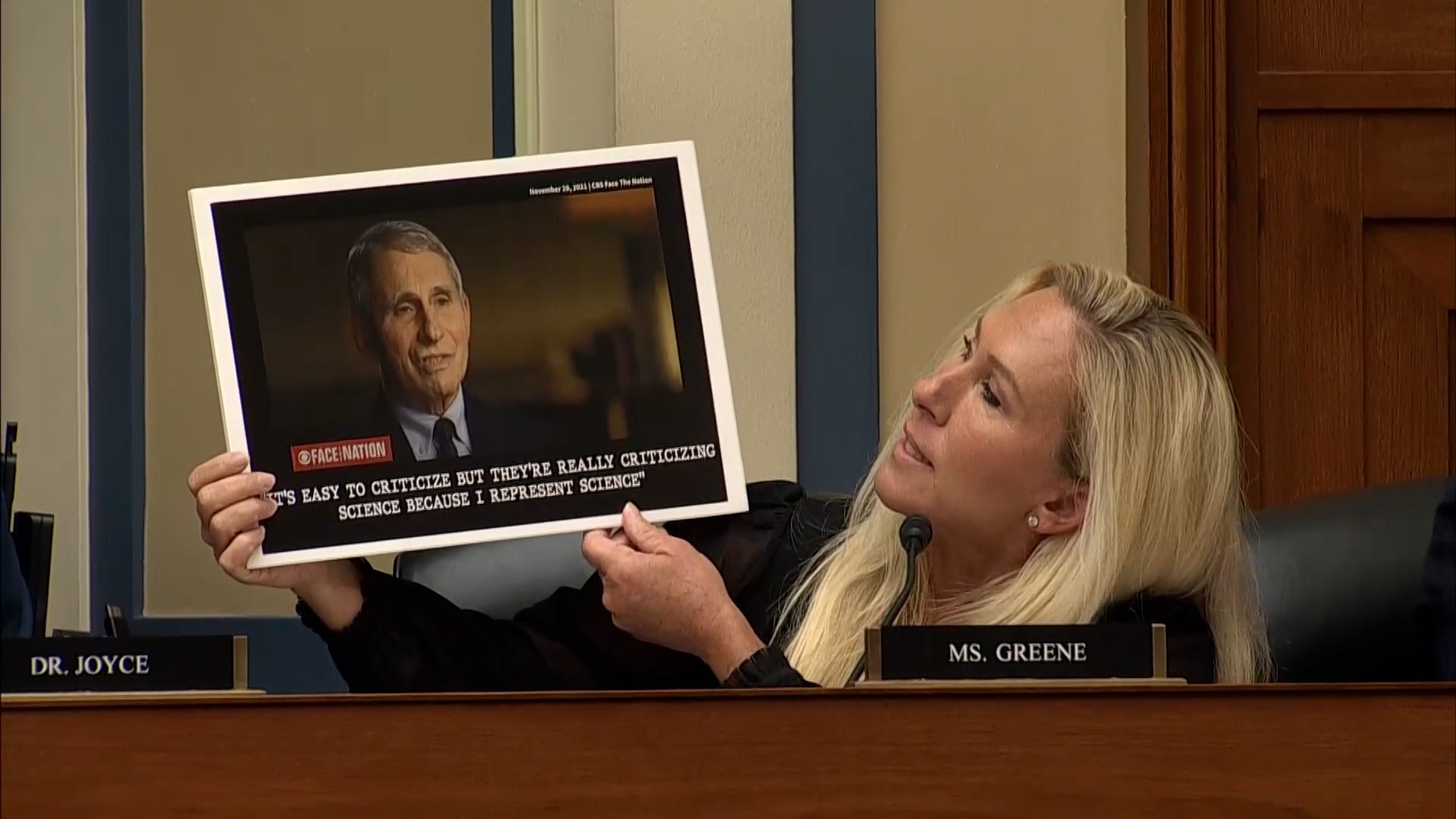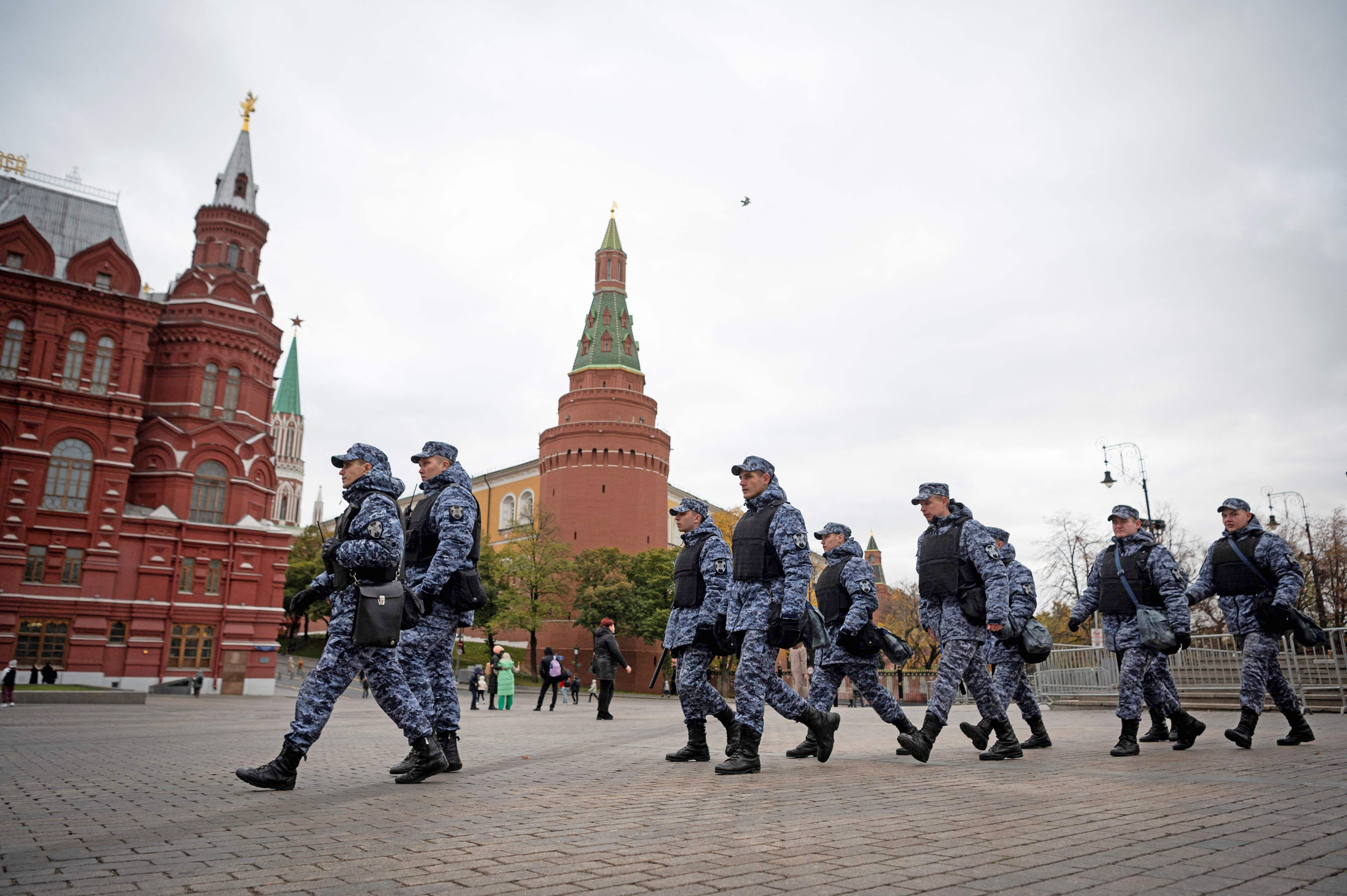Fauci, well masked – Google Search https://t.co/WWzXscYdjF – pic.twitter.com/OV6IzLQKpE
— Michael Novakhov (@mikenov) June 5, 2024
–
“Only 10% of medical treatments were based on high-quality evidence.” – Ziz iz not a joke but reality.
“We don’t know whether most medical treatments work” …
And Fauci was right in his “confession”.
The point is that he had to say this openly and honestly in 2020. He had to… pic.twitter.com/iU3nyP2oFs— Michael Novakhov (@mikenov) June 5, 2024
–
Congress is looking for a SCAPEGOAT!
Fauci – GS https://t.co/6Vl59D4N1F
–
It is the same ignorance as in the middle of the Pandemic!
American Medicine is dead! Address this issue!
It is much more here than Fauci and NIH.
American Doctors are not allowed to think independently.… pic.twitter.com/ZePOlekJj0— Michael Novakhov (@mikenov) June 4, 2024
–

When COVID-19 hit in 2020, I jotted down a makeshift “will” for my four kids under 12. It wasn’t official, just a set of instructions for my children and other immediate family members in case anything happened to me. Bank accounts, passwords, and access to other valuable information the family might need were included.
It was the beginning of the pandemic and we had no idea just how serious things would get.
As a single parent, I worried that if I suddenly caught it and died, my children would languish. The virus was rampant, and the risk of dying seemed high and very real. Fear and anxiety took hold.
COVID-19 deaths weren’t exactly uncommon. The pandemic killed more than a million Americans, and there have been about 104 million confirmed cases in the United States alone. A lot of decisions were rooted in fear and brought with them life-changing consequences. Statewide lockdowns, shuttered businesses, school closings: All were based initially on the social distancing rule of the Centers for Disease Control and Prevention.
We’re now getting answers to questions those decisions raised.
In his testimony to the House Oversight and Accountability Committee on Monday, Dr. Anthony Fauci, former director of the National Institute of Allergy and Infectious Diseases and former chief medical adviser to President Donald Trump, said the 6-foot social distancing rule, which the CDC originally recommended, had not been backed by a clinical trial. This is despite constant claims that COVID-19 protocols were based on science.
These disclosures are damning and maddening for all of us who had structured our lives around these rules for years. As a result, millions of people suffered needlessly.
On Monday, Fauci was also asked to clarify his comments during the two-day congressional testimony he gave in January. The transcript of that testimony was recently released.
He specifically responded on Monday to questions about the 6-foot rule: “It had little to do with me since I didn’t make the recommendation and my saying ‘there was no science behind it’ meant there was no clinical trial behind that.”
In January, Fauci told staff and members of the Select Subcommittee on the Coronavirus Pandemic that “there was no science behind” the 6-foot social distancing rule that state and local governments repeated for months if not years.
What about the next pandemic: The world desperately needs a pandemic agreement. Will we come together to save lives?
“You know, I don’t recall. It sort of just appeared. I don’t recall, like, a discussion of whether it should be 5 or 6 or whatever,” Fauci said in January’s testimony.
He also admitted in the January interview that there was little science that backed requiring children to wear masks in public and at schools for almost two years.
“Do you recall reviewing any studies or data supporting masking for children?” a staffer asked Fauci.
“You know, I might have,” he answered, “but I don’t recall specifically that I did. I might have.”
These revelations are infuriating. Fauci repeated CDC-based COVID-19 protocols as the mouthpiece of President Trump’s administration. Desperate for guidance, states, local governments, businesses, churches and schools instituted them.
The real effect of social distancing − which Fauci basically admitted Monday and in January’s testimony was just an educated guess on how to deter COVID-19 − devastated America’s economy, small businesses and families. It interrupted the fabric of American life. For what?
The CDC’s now-infamous three weeks to “flatten the curve” turned into months for students and families living with the consequences. Here are some.
Closing schools was devastating to kids, especially poor or otherwise disadvantaged children. Remote learning wasn’t as effective as in-person learning, especially in the first year, as teachers had no time to prepare. Kids fell behind their grade levels. Pandemic closings resulted in two decades of learning loss.
Operation Warp Speed: Trump has to disavow his COVID vaccine to keep voters from RFK Jr. and his anti-vax clout
Anxiety and depression skyrocketed, especially among adolescents and teens. Kids with learning disabilities were completely left behind.
Non-urgent but still important medical diagnoses and exams were halted altogether. (This went for adults, too.) When schools did reconvene, masks were treated as sacrosanct, and kids were forced to eat lunch several feet apart.
Children learning to read and write at the beginning of the pandemic are still behind even now. Never mind that kids rarely showed any adverse effects of COVID-19, let alone died from it.
This is not a matter of hindsight being 20/20, either. People, including myself, were calling for schools to open in the fall months after the pandemic began, predicting it would continue to be harmful.
The entire medical profession, well beyond Fauci’s purview, seemed to struggle to understand how to mitigate the virus while continuing to provide medical care to those in need. While most providers pushed everyone to get vaccinated, screenings and routine care were pushed off for fear of COVID-19, even though they themselves were vaccinated.
At one point during the first year of COVID-19, one of my daughters became extremely ill. I phoned our pediatrician. Even though the staff was vaccinated, they would only see newborns. Her pediatrician refused to examine my daughter in person, and we tested negative for COVID-19 three times. She lost weight and refused to eat, sleeping all day.
After about 10 days, she eventually recovered. We still have no idea what illness she had, but her pediatrician’s treatment, based on COVID-19 guidelines, made no sense.
Hundreds of providers endangered patients based on ideas that had no basis in research. We’re only now learning just how much delaying cancer treatments out of the fear of spreading COVID-19 will cost people.
Schools were just one example. The economic data, representing millions of families, is no more comforting.
In the second quarter of 2020, 1.2 million jobs were destroyed. In June 2021, 6.2 million people did not work at all or worked fewer hours because their employers closed or lost business. Family-owned businesses were lost, savings wiped, all for rules that had no real scientific basis.
Elderly loved ones, the most susceptible to COVID-19, died alone in hospital beds, with no one holding their hands and whispering last prayers. If funerals were held at all, expressions of affection was banned.
On Monday, Fauci did concede that some COVID-19 preventative measures may have gone too far and led to harmful outcomes. He said it is “very, very clear” that public health officials in the future should consider “the potential collateral negative effects” of controversial ideas like requiring masks and ask “how we can do better next time.”
Still, even this seems too little too late.
While COVID-19 measures were set in place immediately, as hundreds, if not thousands, were at risk of dying from the disease, it became clear within months that the disease disproportionately targeted elderly people and hardly affected kids at all.
An adaptable administration led by Fauci, the CDC and the National Institutes of Health would have observed such shifts and lifted strict lockdowns of schools and businesses. A healthy society quarantines the sick, not the young. A robust economy never shuts down its economy and hopes it will thrive.
Because we live in Texas, which remained largely open save for a couple of months, my kids and I watched as friends and family struggled through the pandemic with shuttered businesses and schools. The contrast between living in a state where responsible freedom was encouraged compared with places where local governments kept businesses and schools closed was obvious and remains cemented in my mind.
COVID-19 was four years ago now, but as time marches on, we must never forget its valuable lessons so we don’t repeat those mistakes again.
Nicole Russell is an opinion columnist with USA TODAY. She lives in Texas with her four kids.
–
